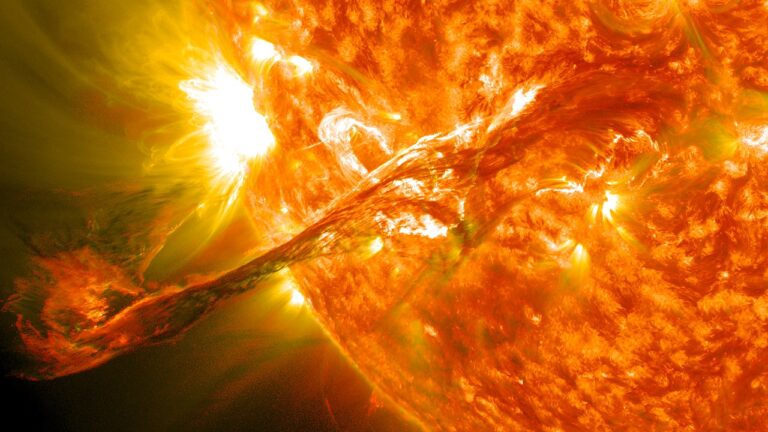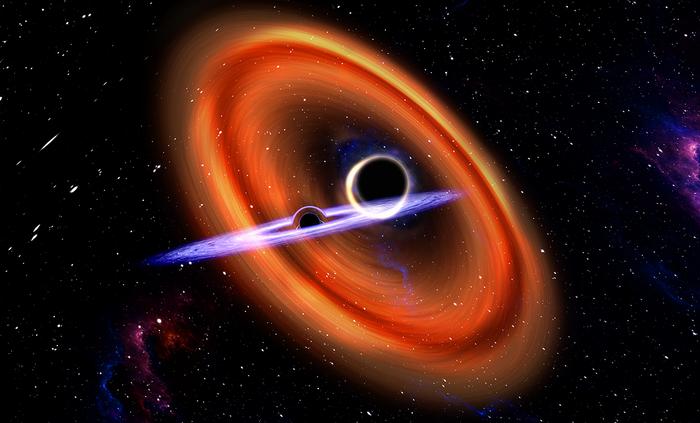Key Takeaways:
- According to Albert Einstein's general theory of relativity, the absence of the Sun's gravity would be perceived on Earth approximately eight minutes after its disappearance.
- This temporal delay is identical to the time required for light from the Sun to reach Earth, meaning both effects would be observed simultaneously.
- The cessation of the Sun's gravitational influence would propagate through space as gravitational waves, traveling at the speed of light.
- This coincidence is attributed to the "unlimited range" property of both electromagnetism and gravity, where their force strength decreases inversely with the square of the distance from the source.
According to Albert Einstein’s general theory of relativity, if the Sun were to suddenly disappear, Earth would feel the absence of the Sun’s gravity in the same time it would take for it to “feel” the absence of the Sun’s light. So, about eight minutes. That’s because removing the Sun would launch a set of gravitational waves from its location that would carry the information about the Sun’s absence to Earth; according to our current understanding, gravitational waves travel at the speed of light. The reason for this coincidence is that, as far as we know, both electromagnetism (i.e. light) and gravity have what’s called “unlimited range” — that is, the strength of either force declines by the distance to the source squared. — Marc Kuchner, NASA’s Goddard Space Flight Center, Greenbelt, Maryland










